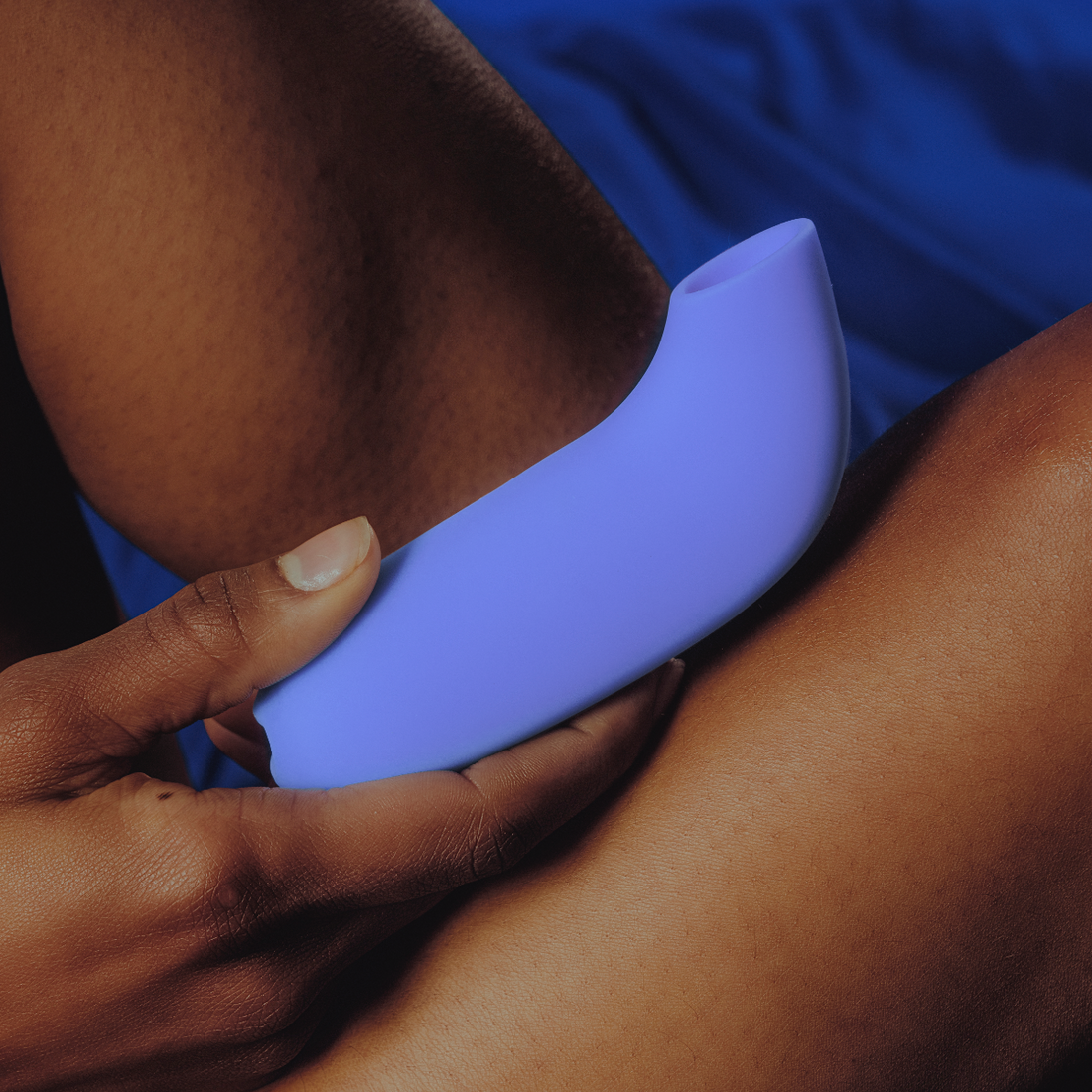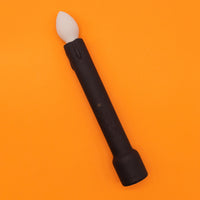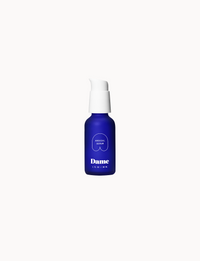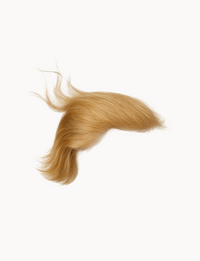The G-spot still fuels healthy controversy, even today. The internet will
assure you that everyone can have a G-spot orgasm. Patriarchal culture can often convince people that G-spot orgasms (vaginal orgasms) are somehow more real or
more valid than clitoral orgasms, and that these are the types of orgasms that should be happening during penis-in-vagina sex. However, when you talk to real people, there remains a lot of confusion about whether the G-spot exists, where you can find it, and how it’s supposed to make you feel.
One vagina-owner I spoke with said, “From what I’ve heard throughout my life, the G-spot should be an ‘obvious’ place or feeling when ‘found.’ I think I know where mine is. But I’m not 100% sure.”
Another woman shared, “I am confused by it! I’ve sometimes felt what I think is G-spot stimulation during doggy-style sex, but it also made me feel like I had to urinate, which wasn’t pleasant. I’ve never found it myself.”
If you can relate, you’re in good company. Only
6% of women orgasm via vaginal penetration during sex. Most women need some type of
clitoral stimulation to orgasm.
What do we actually know about the G-spot?
Though many vulva-owners
do experience pleasure from penetration or internal vaginal stimulation, modern science has not yet explained the exact nature of the G-spot.
The idea of the G-spot, a pleasure zone located on the interior frontal wall of the vagina, was first suggested in the 1950s by a German scientist named Ernst Grafenberg (hence the Grafenberg spot, or “G-spot” as we have come to call it). The
G-spot was popularized in the 1980s with the publication of a book called
The G Spot and Other Recent Discoveries about Human Sexuality by Alice Khan Ladas, Beverly Whipple, and John Perry.
More than half a century after Grafenberg’s “discovery,” the exact nature of the G-spot remains difficult to define. A few holdouts, led by Italian sexologist Emmanuele Jannini, still insist that it doesn’t even exist. Most experts, though, now disagree.
Most recently, the G-spot has been described as a part of the clitoris. “The clitoris?” I hear you ask. “Isn’t that
outside the vagina, above the urethra and surrounded by the labia?” Not completely.
We’re talking about
the larger internal clitoris that you stimulate through the anterior (front) vaginal wall, near the belly button. What does the vaginal wall have to do with this? Well, the clitoris extends as many as
five inches into your body. And since the clitoris is a vagina-owner’s primary sexual pleasure organ, it is very possible that through vaginal penetration with fingers, toys, or a penis, you could stimulate the internal legs of the clitoris and generate some incredible, pleasurable sensations.
Not everyone credits the clitoris. Other researchers have discovered that there is an area on the front wall of the vagina that has
more nerve endings and blood vessels than the rest of the vagina. That could also explain the sexual, ideally-orgasmic sensations associated with the G-spot.
Before moving on, there’s one more part of the story which is also important. Located on the vaginal wall near the G-spot and urethra in an area called the urethral sponge, there are two small ducts which scientists call the lesser vestibular glands, but are better known as the Skene’s glands.
Their primary function of these glands is believed to be lubricating the urethra. However, they also fill with fluid during their owner’s sexual arousal. And if they’re stimulated the right way, they release the fluid as ejaculate, in what’s commonly known as squirting or “female ejaculation.”
Why is that important to our discussion? Experts say that the
Skene’s glands are homologues of the prostate in penis-havers; many call them the “female prostate.” Since the glands are in close proximity to the G-spot, some believe that what is described as a “G-spot orgasm” is really the “vulva-owners’ version” of a penis-owners’ powerful prostate orgasm.
So although many people experience pleasure from stimulating the front wall of the vagina, there is no firm explanation why. Nor is there a definite anatomical structure that we can identify as the G-spot.
The anatomy is fascinating, but what we’re really after here is what society insists on calling the “female orgasm.” So it’s probably worth trying to find that sweet spot inside your vagina which may turn you on when it’s touched. Finding the G-spot might even bring you to a mind-blowing climax.
Here are some tips.
Where can I find my G-spot?
 Gif by Lea Carey
Gif by Lea Carey
Insert two fingers into your vagina with your palm facing
up and towards you. About two inches inside your vagina you should feel a spot where the tissue is slightly rougher than the surrounding vaginal wall.
You may have an easier time finding this spot if you are already turned on. Begin by losing yourself in your go-to fantasy about a hot coworker (or whatever else does it for you), and touching yourself in ways that you already know feel good for you. Then move on to looking for your G-spot. Use lube if you need to.
If you don’t feel a rough patch, that’s ok! Every vagina is different. For some people, the G-spot may be an actual, identifiable spot. For others, it’s a
more generalized area on the front wall.
What do I do with my G-spot?
Start by using the pads of your fingers to test out different strokes against your G-spot. You can use some of the same moves that you use on your clitoris; try circles or a “come hither” motion with your fingers.
If you feel the urge to pee, it’s because pressing on the G-spot also puts some pressure on your bladder. Some people find this pleasurable, some don’t. Either is fine!
Sex toys for G-Spots
A lot of people need extra pressure to achieve a G-spot orgasm, so you might want to try a vibrator or a dildo designed to contact the spot, which will provide more intensity and help you to find better angles.
A
vibrator can provide you with a steady rhythm and amplified sensations that your fingers won’t be able to achieve. Dildos can come in handy if vibration is over-stimulating for you.
Angle the flat, soft head of the sex toy against the spot you’ve found. You can keep it inside and recreate some of the moves you did with your fingers, or you can move the vibrator or dildo in and out, maintaining pressure against the front wall of the vagina so that the toy will slide over your G-spot as it goes in and out.
Don’t get discouraged. It’s common to have trouble achieving orgasm through internal stimulation alone, though for many people, it is possible. If you want to incorporate G-spot stimulation into a broader orgasm, try paying attention to your clitoris and your G-spot at the same time. Often, clitoral stimulation can bring you to orgasm while the G-spot stimulation adds a level of intensity and depth to the experience that makes the orgasm feel different. Try using a clitoral vibrator like the Eva in combination with your new G-spot moves and see what you discover.
It can help to go into this experience without expecting to reach orgasm. Your goal should be to relax and discover what feels pleasurable and what doesn’t. Much like developing muscle memory, you are teaching your body to remember how to find the magic spot, and new ways to feel good.
Oh – do you want another challenge once you’ve found the G-spot? How about looking for the A-spot?
Introducing the A-spot
The A-spot, or anterior fornix erogenous zone, is another pleasure point located deeper in the vagina than the G-spot; at least, that’s what many researchers believe. They point to a seminal 1997 experiment by a sex educator with a Ph.D. in sexual medicine, which found that two-thirds of vulva-owners who stimulated the A-spot had more vaginal lubrication, and about 15% reached climax.
Some sex therapists say that not all vulva-owners have an A-spot, and others claim there’s still not enough evidence for its existence – but then again, that’s what people used to say about the G-spot, too.
Those who’ve found the A-spot say that it’s not easy to climax by simply stroking it, but the number of nerve endings surrounding it make A-spot play pleasurable, if not orgasmic. And if you’re lucky enough to come, either through masturbation or partner play, the experience is likely to last longer and be more intense than you’re accustomed to. In fact, many experts in sexual health and wellness believe that vulva-havers who orgasm through deep penetration or through anal sex really “get there” because their A-spot is being stimulated.
Sound intriguing? You can look for the A-spot by finding the G-spot and moving a few inches deeper into the vagina, right near the cervix. It’s not thicker or rougher than the rest of the vaginal wall, like the G-spot. But when you press down on it, it can feel soft or spongy. The search won’t necessarily be easy, but it can be fun; if you have a partner helping, just think of it as extended foreplay!
Partner positions for your G-spot
If your partner has a penis, try sex positions in which your partner enters you from behind so that the tip of the penis will put more pressure on the front wall of the vagina. Think doggy style and reverse cowgirl. Again, adding a hands-free, clitoral vibrator into this type of sexual activity with your partner can intensify your experience.
If you’re working with two vaginas, your partner’s fingers will have a wider range of movement and dexterity than your own. Teach your partner the moves that worked best for you. Additionally, this could be a great time to have your partner penetrate you from behind with a strap-on, or use a U-shaped couple’s vibrator or dildo that can penetrate both partners at the same time. Many sex toys are specifically designed to put pressure on the G-spot.
Our G-spots exist in a landscape of myths – some helpful and empowering, and sadly, some not so much. Remember, your body knows itself best, so don’t be afraid to get in there and start exploring! Don’t forget your lube.
*The illustration pictured is not fully to-scale, and some of the organs have been modified in size to accommodate for the G-Spot.
 Gif by Lea Carey
Insert two fingers into your vagina with your palm facing up and towards you. About two inches inside your vagina you should feel a spot where the tissue is slightly rougher than the surrounding vaginal wall.
You may have an easier time finding this spot if you are already turned on. Begin by losing yourself in your go-to fantasy about a hot coworker (or whatever else does it for you), and touching yourself in ways that you already know feel good for you. Then move on to looking for your G-spot. Use lube if you need to.
If you don’t feel a rough patch, that’s ok! Every vagina is different. For some people, the G-spot may be an actual, identifiable spot. For others, it’s a more generalized area on the front wall.
Gif by Lea Carey
Insert two fingers into your vagina with your palm facing up and towards you. About two inches inside your vagina you should feel a spot where the tissue is slightly rougher than the surrounding vaginal wall.
You may have an easier time finding this spot if you are already turned on. Begin by losing yourself in your go-to fantasy about a hot coworker (or whatever else does it for you), and touching yourself in ways that you already know feel good for you. Then move on to looking for your G-spot. Use lube if you need to.
If you don’t feel a rough patch, that’s ok! Every vagina is different. For some people, the G-spot may be an actual, identifiable spot. For others, it’s a more generalized area on the front wall.
















































2 comments
I have a 9INCHES. Penis. I luv to pleasure women all ages. By accident. The 1 was 15. She was built like in early 20s. Beautiful body. When she seen my 9 in. Hard on. She said will that fit? Told her relax. I lick nibbling on gorgeous nipples. Went down to her soaking vagina had her sit on my face. An make her cum for first time. Put her on all 4s. Slowly putting head of penis in an out then grab her hips an push all 9INCHES in ..she went crazy. Hurt s then tells me im first ever. Went to pulloff she.said no. Make me cum. I want u hit my GSpot. Please. I slam in an out push hard on in all way grabbed hips an push her on co ck an i mak my cock throb against GSpot. She exsplodes. Man. I Fuc her. In 12. Positions. Cumming in all hitting GSpot Everytime every woman i hit GSpot till exsplodes. They come bac for more. An some married. Other have boyfriend s.
I